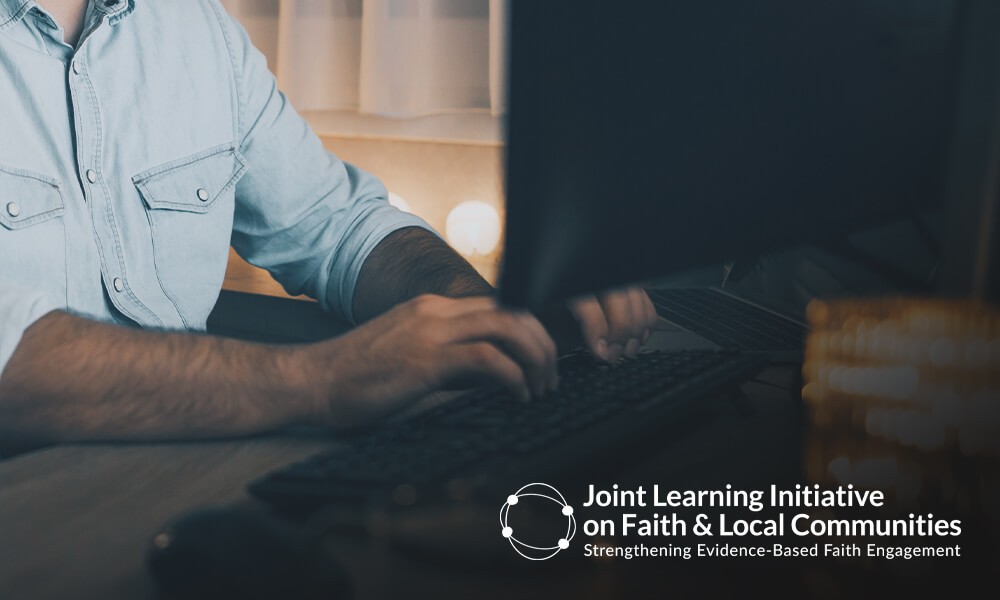South Sudan has been embroiled in a cycle of violent conflict since it attained independence from the Sudan through a popular plebiscite where about 99% of its citizens voted for secession – ushering in the world’s newest country in the communion of nations.
However, after barely two years of independence, disagreement within the ruling Sudan People’s Liberation Movement political leaders plunged the country back to war, which took a sharp tribal and ethnic dimension – leading to the reported deaths of over 400,000 people, displacement of half of the country’s population – either in Internally Displaced Persons (IDP) and United Nations Protection of Civilian sites (UN POC sites) in the country or as refugees in neighbouring countries.
In the aftermath of the war, efforts to mediate a peaceful end of the conflict in 2015 and again in 2018 by the regional body – the Intergovernmental Authority on Development (IGAD) – led to the invitation of various stakeholders to the peace process as delegates and observers. Groups like civil society, faith leaders, youth and women participated.
This paper is published under the “Preventing Violent Extremism (PVE), Youth & Interfaith: Research Capacity Building Project”. Read more about the project on the following link: https://jliflc.com/pve-youth-interfaith-project/

